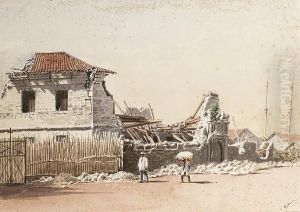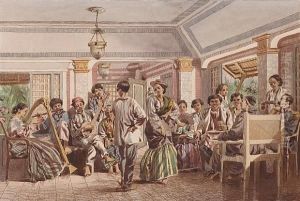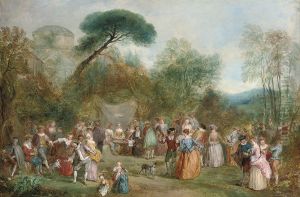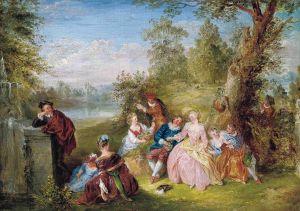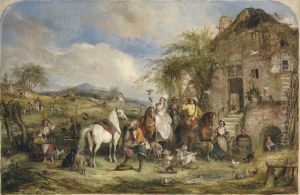Henry Charles Andrews Paintings
Henry Charles Andrews is an enigmatic figure in the annals of botanical illustration and publishing, primarily active from the late 18th century into the early 19th century. Little is known about his personal life, including the exact dates of his birth and death, which has led to some difficulty in piecing together a comprehensive biography. Despite the scarcity of personal details, Andrews made significant contributions to the field of botany through his artistic talents and his skills as an engraver, author, and publisher.
Andrews is perhaps best known for his works that combine scientific accuracy with artistic beauty, contributing to the golden age of botanical illustration. His publications, such as 'The Botanist's Repository, for New, and Rare Plants' (published from 1797), showcase his dual roles as both artist and botanist. This work, among others, was remarkable for its detailed engravings and descriptions of plants, many of which were newly discovered species brought back to Britain by explorers of the time.
In addition to 'The Botanist's Repository,' Andrews was involved in several other significant botanical publications. He had the ability to both illustrate and describe botanical specimens, a rare combination that made his work invaluable to the scientific community of his time. His illustrations were not only scientifically accurate but also aesthetically pleasing, capturing the delicate beauty of each plant. Andrews’ work contributed to the broader scientific endeavor of cataloging and understanding the flora of the world, at a time when botanical exploration was in its heyday.
Despite his contributions to botany and art, Andrews remains a somewhat mysterious figure. The lack of personal records has made it difficult for historians to trace his life outside of his professional achievements. Nevertheless, his legacy lives on through his contributions to botanical art and science. Henry Charles Andrews’ work continues to be appreciated by botanists, historians, and art lovers alike for its beauty and scientific value. His publications are considered important early works in the field of botanical illustration, contributing to the knowledge and appreciation of plant life around the world.
